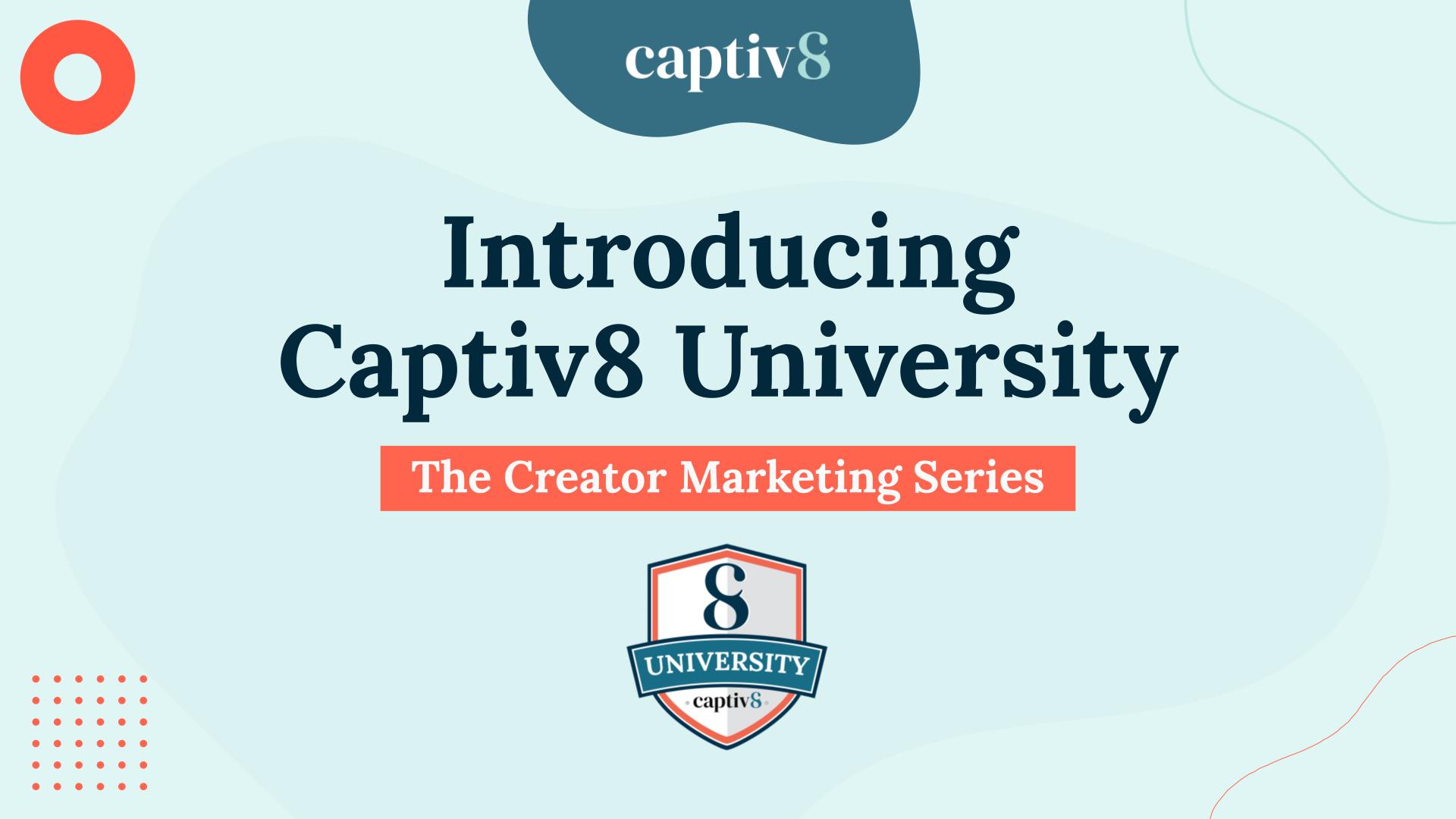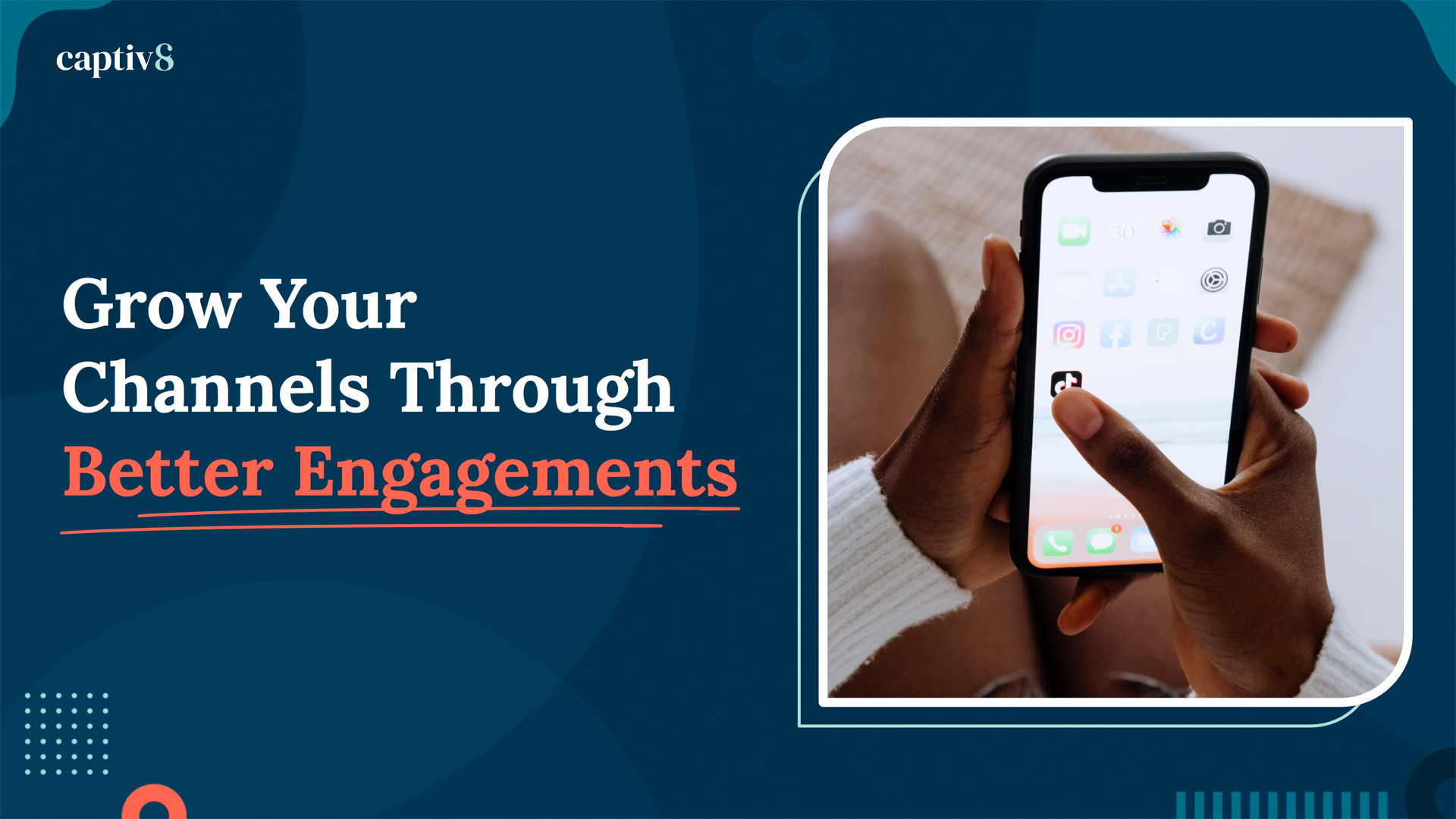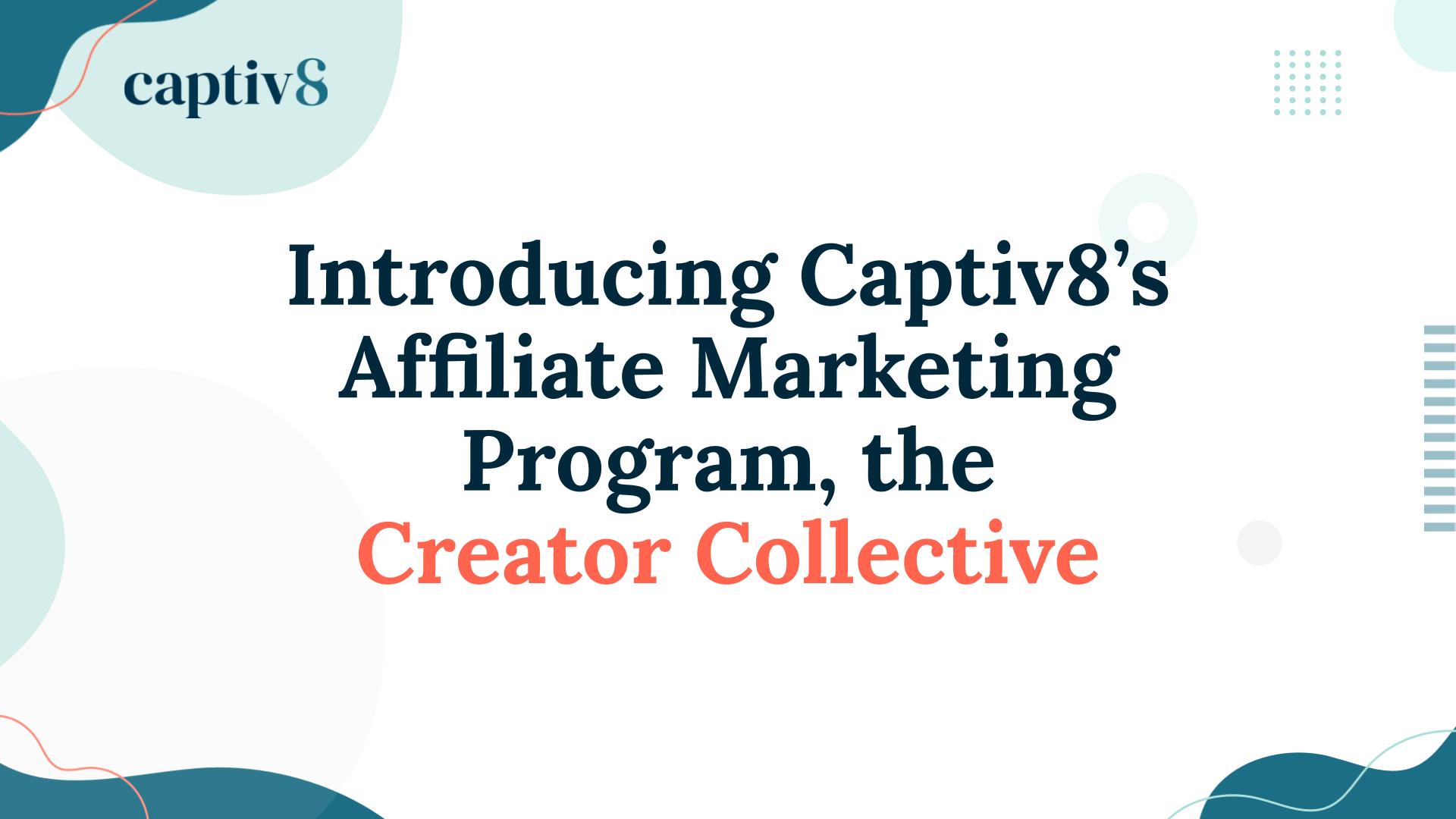Influencer Marketing 101: An Introduction

Here at Captiv8, we spend a lot of time thinking about the strategies and news stories impacting the discipline of influencer marketing. But for those who are new to the discipline there are likely some fundamental questions that often go unanswered. What is “influencer” marketing? How do you go about identifying creators that are a good fit for your brand, and what are the best practices for working with a creator to design compelling content and measure its success?
Over the next few weeks we’ll be digging into some of these questions in a new series called “Influencer Marketing 101”. We’re going to start out our first post in the series with the basics: what exactly is it? And why is it proving so effective for brands across every industry?
What is it?
In a nutshell, influencer marketing refers to the growing practice of brands collaborating with “prominent” online individuals to help them create and/or distribute content. While there’s a number of different ways to define the term prominent, in the influencer marketing realm, it might mean:
- “Traditional” celebrities: athletes, movie stars and politicians, etc.
- Leaders of key interest communities: for example, a well-known designer for a popular fashion label, or a chef of a well-respected restaurant
- Digital natives: individuals who may not be well known in traditional celebrity or “interest community” circles, but who are adept at creating content for emerging digital platforms and have large audiences from doing so
Why is influencer marketing more effective?
Now that we’ve answered the question of what it is, it’s worth considering why its proven to be so effective for marketers. The truth is that there’s a variety of different factors, both to the broader culture and to the advertising and media industries, that have all contributed to the rapid rise of this evolving discipline. Here are a few of the most important explanations:
- Social media makes great content essential: It’s probably no surprise that social media is more popular than ever. One of the side effects of the growth of social media is that has contributed to a relentless demand for fresh content. One recent stat cited by Ion found that 78% of brands have increased their content output in the past two years. In order for brands that participate in social media to stay top of mind with consumers, they need to constantly update their accounts with high-quality content. Creators are an important source of that content.
- Consumers are distrustful of traditional advertising: The typical TV ads and online banners that once dominated advertising are increasingly falling out of favor as more consumers find them to be annoying or distracting from their content consumption experience. As noted by eMarketer, one-third of US internet users had installed so-called “ad blocker” software to prevent digital ads from loading on their devices.
- Word of mouth recommendations matter more than ever: Following the point above, more consumers say they increasingly rely on recommendations from friends, family and peers to make their product purchase decisions. Nielsen noted that 90% of consumers in a recent study trusted such recommendation-driven ads.
- Younger consumers are shifting their attention to digital platforms: As more of the coveted teenager and millennial demographic shifts their content habits online and away from traditional media formats like television, radio and magazines, brands have tried to follow them into these mediums. In order to get their attention, however, they’ve also had to rely on a new type of digital “spokesperson” to gain credibility. As one recent Variety study discovered, eight of the top 10 “most respected” advertising talents among teenagers were from YouTube, rather than coming from the traditional world of celebrities or athletes.
- Influencer campaigns have a higher ROI than traditional digital campaigns: While there’s still some debate about how to measure success with creator campaigns, recent research suggests that they can be highly effective for advertisers. Check out an analysis we did for the Superbowl, comparing Budweiser’s TV ad to their partnership with content creators.
With so many signs pointing to the growing importance of influencer marketing to today’s ad campaigns, there’s never been a better time to get started. Talk to the Captiv8 team today to figure out the right strategy for your own creator-focused campaign. Stay tuned for the next installation of the “Influencer Marketing 101” series, when we’ll take a closer look at how to identify the best creators for your next campaign.

![How to Navigate UK Influencer Marketing Endorsement Regulations [On-Demand Webinar Recording] Navigating UK Influencer Marketing Endorsement Regulations](https://captiv8.io/wp-content/uploads/2023/10/230921_captiv8x_uk_webinar_banners.jpg)

